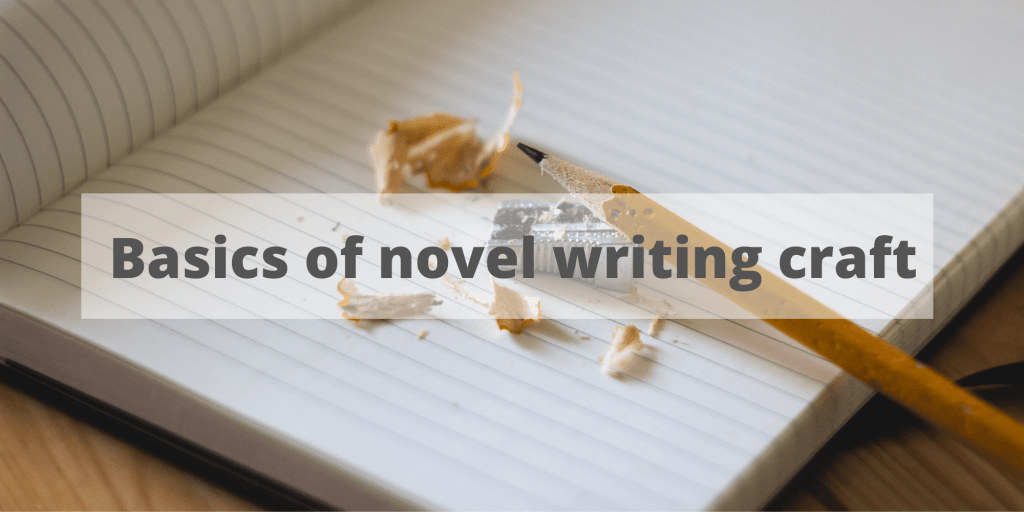2.7 HOW TO WRITE RHYMING PICTURE BOOKS WITH BRILLIANT… RHYME

This is the second in a series of blogs about how to write brilliant rhyming picture books. This first instalment covered writing with good METRE, and this time we are focussing on RHYME.
What actually is a ‘true rhyme’?
For a ‘true’ rhyme, the last accented vowel sound and all following consonants or syllables sound the same. It is better to use true rhymes as much as possible in your rhyming stories, as your stories will read better.
What are ‘near rhymes’? Can I use them in my stories?
A near rhyme is when two words have similar, but not identical, sounds. Either the last vowel sound or the last consonant sound is different. For example, ‘find’ and ‘timed’, ‘back’ and ‘pact’. While it is ok to sometimes use these in stories, I’d advise to use as sparingly as possible. The more you include these, the ‘weaker’ your story becomes overall.
Don’t let rhyme lead the story – ‘kill your darlings’!
It’s very tempting when you think of the perfect rhyming couplet to immediately add that into your story. However, if it isn’t moving the story forward, then it shouldn’t be there. It is very easy to get carried off on a tangent of beautiful rhyme, however you really need to try to rein this in. Easier said than done I realise! Try writing the story out in prose before you begin, so you know what should be happening and can ‘corral’ your rhymes in the right direction. The story needs to lead the rhyme, and not the other way around. If a couplet doesn’t fit – take it out!
The second half of your rhyming couplet needs to work just as hard as the first…
When you’re rhyming it’s tempting to focus on getting the ‘first’ part of your rhyming couplet to work. You come up with a line that perfectly moves you story forward and then you need to find the second line of your rhyming couplet to fit. Only you can’t. So, you find a rhyming word, and manufacture a second couplet that fits THAT word instead….
This would be fine, apart from the fact that you only have approximately 600 words to write your rhyming story. If 300 of those words aren’t really moving the story forward, then either you haven’t got a fully formed story, or your story is 50% too long. Every word needs to be working to develop and move forward your story – not just half of them.
But what if I just CAN’T find the right rhyme?
The main thing I have learned from editing my picture books is that there are hundreds of ways to move a story along. If you can’t find the perfect rhyming word, then look at the story from a different angle. Perhaps your character doesn’t ‘walk down the street’, perhaps they ‘skipped to school’ instead. Let the story rest and come back to it – often new rhymes will present themselves after a break.
Don’t reorder your sentence to fit
It can be very tempting to just tweak a sentence slightly to make it end with the rhyming word that you need it to… but don’t. Whilst it can sometimes sound whimsically quaint, you
really want your picture books to read as naturally as possible. If a sentence wouldn’t have a place in a prose piece of text, then it shouldn’t have a place in a rhymer either.
Beware regional accents
In the UK there are a plethora of different accents that you need to think about. It can be quite surprising to learn that words that rhyme perfectly for you might not rhyme at all for someone in a different part of the country. Try to take this into account when writing to avoid rhymes that don’t work for everyone.
Try not to rhyme stressed syllables with unstressed syllables
This is a bit of a controversial one, but I would try to avoid rhyming a stressed syllable with an unstressed syllable. If you aren’t sure what a stressed syllable is, then check out the first blog in this series (which I mention above). If you are rhyming a stressed syllable with an unstressed syllable, then you are asking a reader to unnaturally stress a syllable that they usually wouldn’t. This will make your story read less naturally and will be more likely to trip your reader. As an example:
‘He-llo sir oh par-don me!
It seems that you have com-pan-y’
The syllables you are asking your reader to stress are in bold. Here ‘me’ is rhymed with the last syllable of ‘com-pan-y’. Now ‘me’ would naturally be stressed in this sentence. However, the natural stress in the word ‘company’ falls on the first syllable – not the last. It is fine to use this word within this metre pattern, but if you force the rhyme on the last syllable, then the text will not read as naturally as it should. Lots of published picture books do have this, but I would try and avoid as much as possible.
If you have other questions on rhyme then do come follow me on Twitter at @Emmett_cath or drop me a line via my website http://www.catherineemmett.co.uk. I’m a rhyming geek and am always happy to talk picture books!
Happy rhyming!
About the author:

Catherine Emmett 
www.catherineemmett.co.uk ‘King of the Swamp’ out NOW!
You can order at the below link!
Origin Story:
